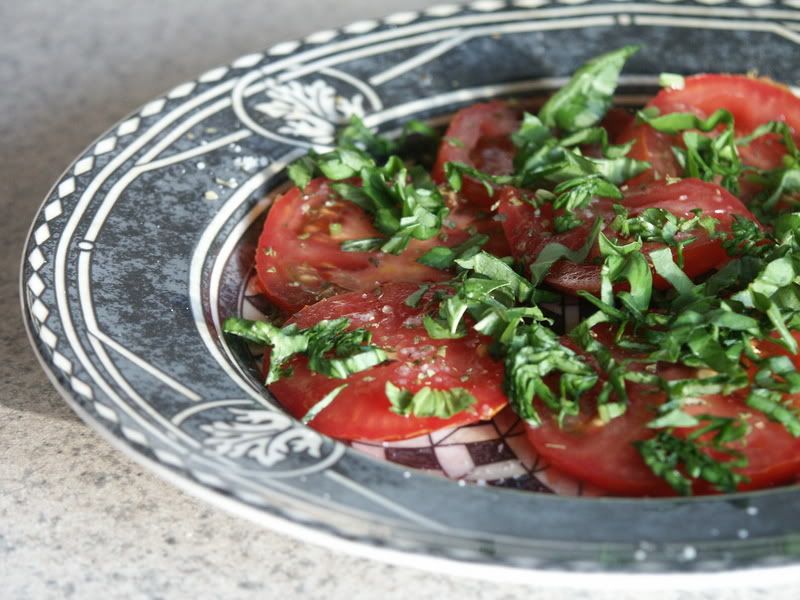Instead of moving on right away to second meal or lunch suggestions, I thought'd be a great idea to throw out some suggestions to those who might be finding the first meal of the day a bit of a struggle.
When you are used to waking up and eating heavy cooked foods, a lot of animal protein or even cold cereal like granola and almond milk, eating fruit can be a challenge.
So here are some ideas that you may want to think about.
1 - Variety - there should be lots of different fruit options available. So if you don't feel like eating half a melon, then grapes or pears (or whatever you picked out at the store) should be easily accessible. Make sure there are at least 3 different fruit choices for your breakfast.
2 - Abundance - there should be enough fruit around to get full on. Eating 2 oranges may not be satisfying for everyone - some people will want to eat 10 of them.
3 - Ripeness - Eating a hard pear or mango is just not very pleasing to someone who is very hungry. Bananas that are all yellow are very starchy and can be hard on a stomach. Fruit needs to yield to slight pressure and bananas should have spots on them. Some people can handle very ripe fruit while others don't care for the flavor, sometimes it gets some getting use to.
4 - Space - many people will throw their hands up and reach for a quick bowl of cereal if the kitchen is messy with dishes and junk all around. Make sure your dishes are done the night before and the counters are nice and clean. If you want, you can put a cutting board and sharp knife out to entice you to cut into your fruit first thing in the morning.
5 - Hesitation - many times we are not hungry when we first wake up. But then, if we wait, we'll often get so hungry that we are not in the mood for fruit, if we are unaccustomed to eating it on a regular basis as a meal. So if you are new to eating fruit in the morning, try to have some before you get hungry to curb your appetite. This way you won't make a mistake or get an insatiable craving for something you should not have. It really works. Once you get used to eating fruit for meals, it becomes so much easier to reach for it when you feel famished.
6 - Lightness - The feeling of a full, heavy stomach after eating is common to a cooked eater and bad food combining. It doesn't mean anything healthy to have a full feeling when you are done eating. If you aren't used to feeling light after a full meal, you may feel unsatisfied. These things take a while, they don't happen overnight. Once you get used to the way you feel after eating a meal of fruit you will really like that feeling, so allow an adjustment period.
7 - Boredom - if you get sick or board of eating fruit straight up, try using a blender, adding juice, or pureeing some fruit up in a food processor for a pudding. Sometimes it's more fun and satisfying to eat a banana-mango pudding than eating bananas and mangoes, or orange juice blended up with strawberries than eating the fruit whole. After a while you may want to eat the fruit whole and feel more satisfied doing so.
8 - Too Sweet - there aren't any hard and fast rules that you have to eat sweet fruit in the morning. You may want to eat bell peppers, cucumbers, tomatoes, etc. or maybe you want to make a veggie juice or soup. Follow your palette.
I hope these ideas and suggestions gave some insight on eating your breakfast!




